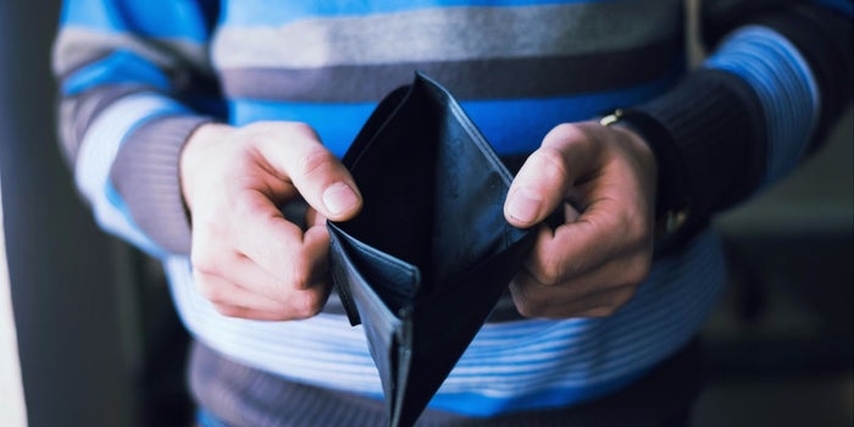Buy Now, Pay Later (BNPL) is poised to disrupt the $8 trillion U.S. credit card payment industry

Buy now, pay later (BNPL) is a new payment option that allows consumers to receive their purchase right away (Buy Now), either online or in-store, and then pay (Pay Later) for their purchase in installments.
The BNPL model has also attracted millions of money-conscious shoppers with seamless delayed payment alternatives that bypass the usual credit fees and cut-throat interest rates charged by credit card companies. In the U.S, the opportunities for BNPL as consumers and banks appetite for credit shrinks.
Today, the “buy now, pay later” accounts for only a small portion of overall card spending. However, with coronavirus pandemic-fueled e-commerce boom, this alternative model of financing may be poised to disrupt the $8 trillion US payment card industry.
As online shopping surges amid the pandemic, “buy now, pay later” (BNPL) startup companies such as Affirm, Klarna, Afterpay, Hoolah, and Split offer their customers a repayment plan have been dominating the headlines in recent months. These startups have also attracted online, money-conscious shoppers with seamless delayed payment alternatives that bypass the usual fees.
What makes the BNPL attractive to consumers?
Unlike Credit Cards, where you pay a bill at the end of the month, BNPL as an alternative model of financing allows consumers to pay in installments. It is a win-win for consumers, the merchants, and BNPL companies–consumers are happy to buy the products they want even without making the payments right away. Merchants also benefit from increased conversion with zero chargeback risk, which costs businesses millions of dollars every year. BNPL companies also benefit. Merchants usually pay a BNPL charge ranging from 2 to 8 percent of the purchase amount. Some BNPL companies also charge a flat fee of 30 cents per transaction.
According to research by CB Insights, the e-commerce volumes increased by an estimated 4-6 years due to worldwide lockdowns, and consumers and merchants have increasingly looked to buy now, pay later solutions to alleviate financial pressure, and meet online shopping demand, respectively.
As such, BNPL players like Klarna, Afterpay, and Affirm are well on their way to becoming household names, with new user growth and transaction volume exploding. As of 2021, BNPL companies still represent a small portion of the overall spending on payment cards (including credit, debit, and prepaid cards), an industry that sees roughly $8T in annual spend volume in the US. However, as CB Insights said there is growing evidence that BNPL is at an inflection point.
The research firm said it expects the global BNPL industry is expected to grow 10-15x its current volume by 2025, topping $1T in annual gross merchandise volume by some estimates. “This growth trajectory has incumbents paying close attention and increasing their efforts to improve the digital user experience,” CB Insights notes. Australian Central Bank also reported last year that the BNPL has led to 1.3 million fewer credit cards within the Australian payment system.
However, BNPL is not without its drawbacks. Below is a video from Australia about the financial dangers of “Buy Now, Pay Later” financing.
https://youtu.be/15SJ-JmRkW0

